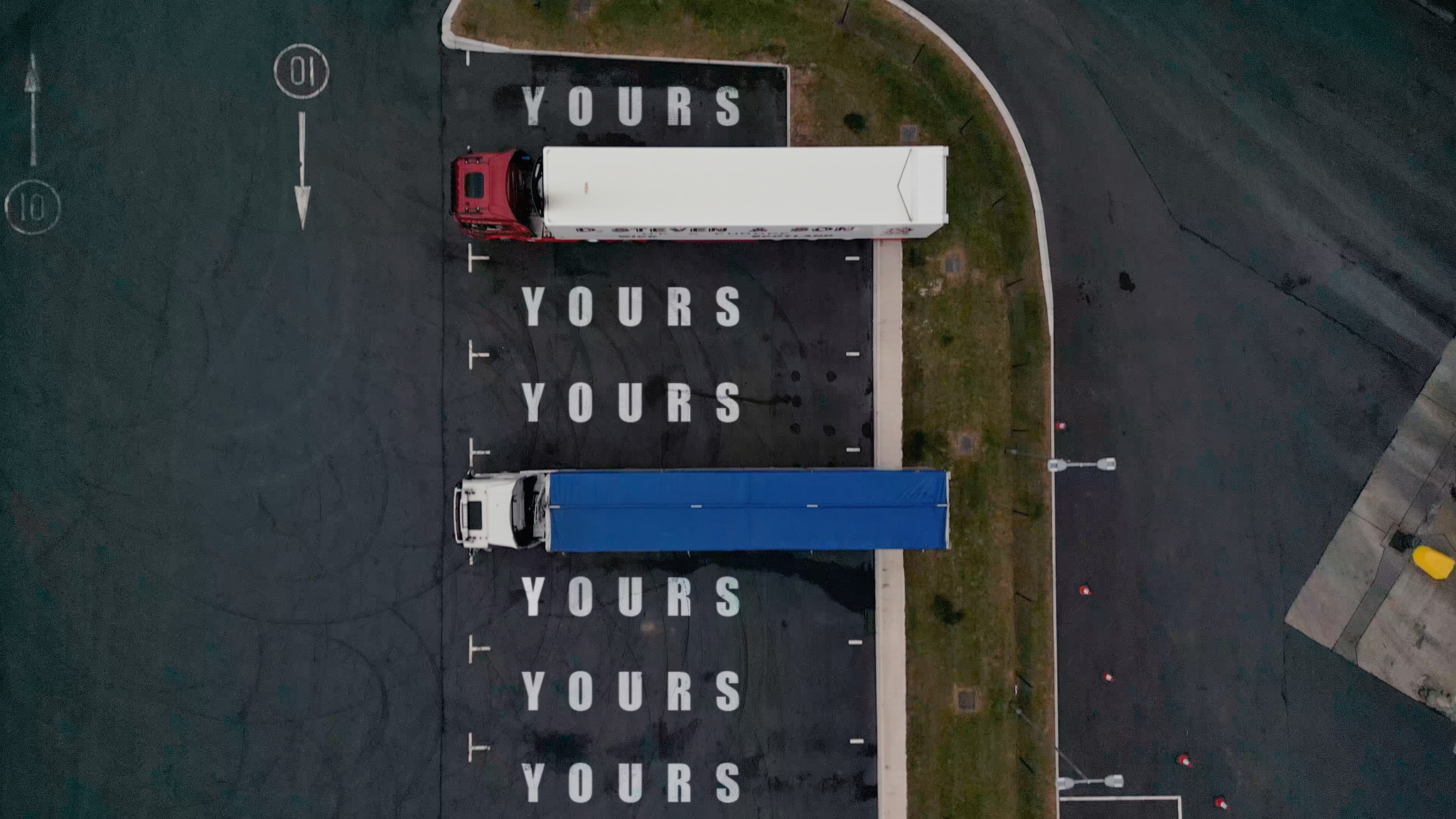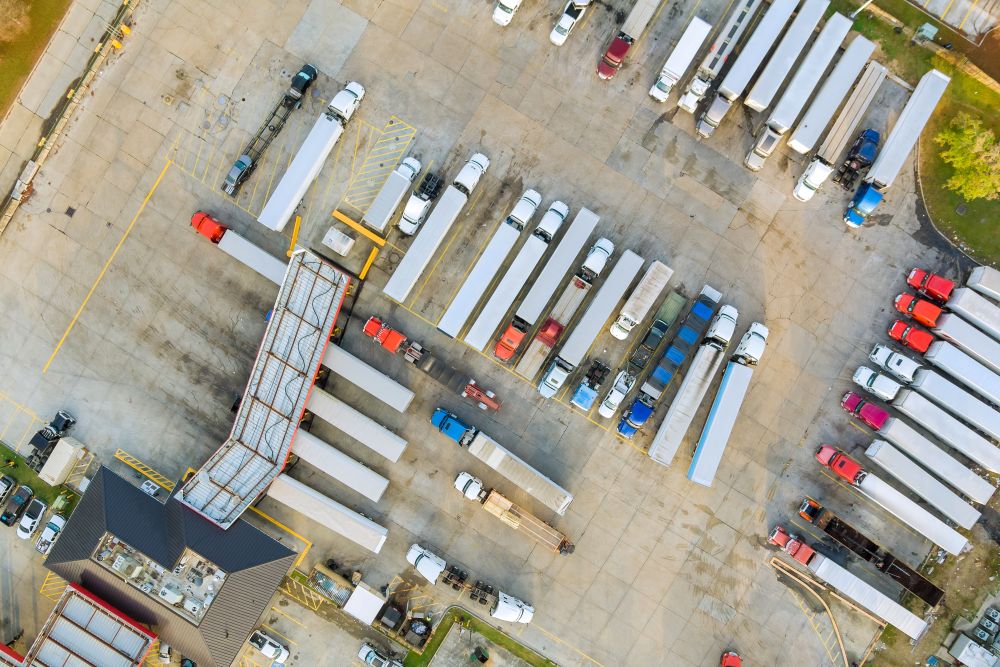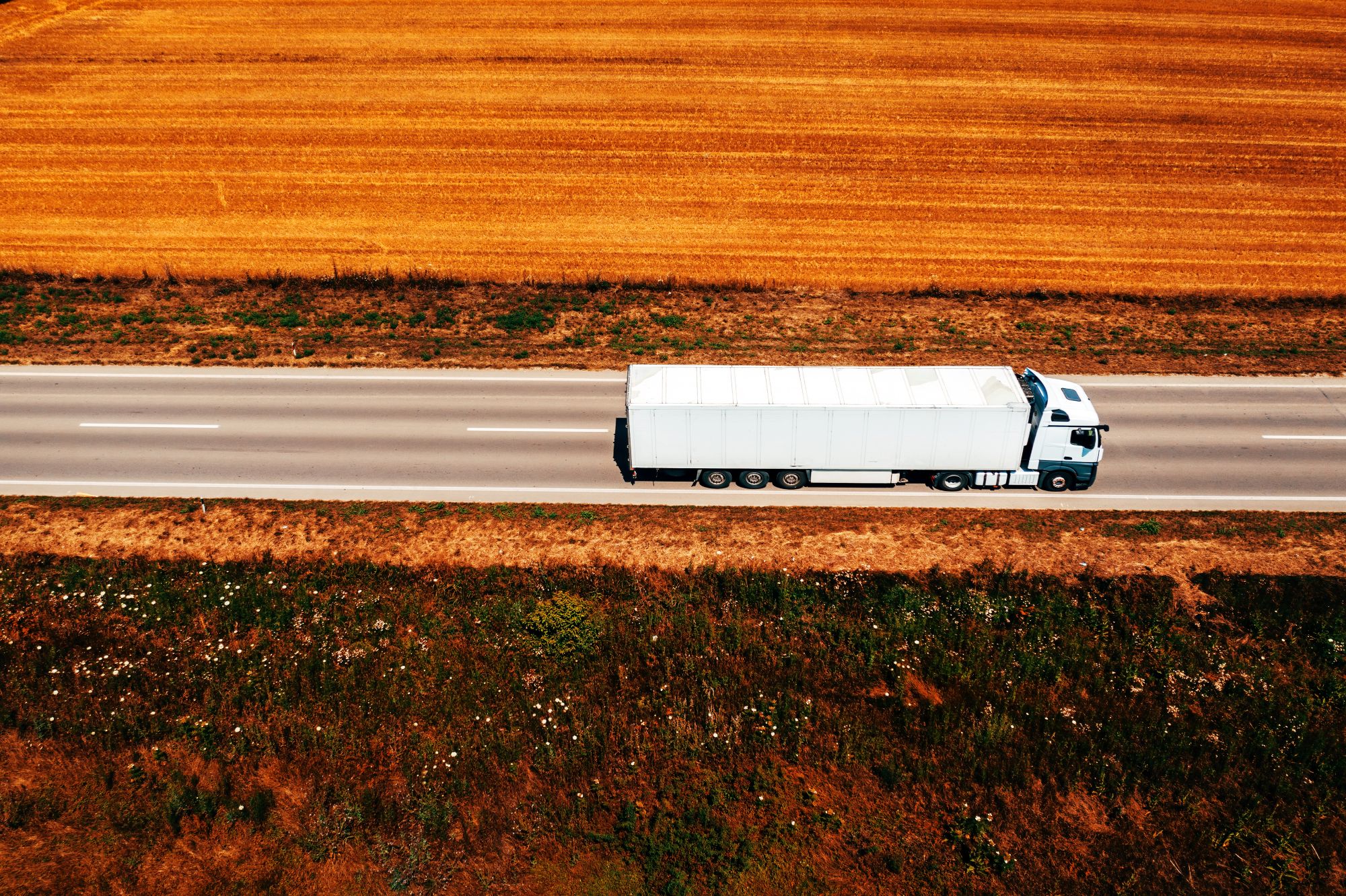
Miranda Blake
Kihívások és megoldások a modern szállításirányításban
Létrehozva: 16. 12. 2024
•
Frissítve: 16. 12. 2024
A modern szállításszervezés az áruk és anyagok hatékony és eredményes mozgásának tervezését, szervezését és ellenőrzését jelenti a kiindulási helytől a rendeltetési helyig. Ez magában foglalja a technológia és az adatvezérelt meglátások kihasználását a szállítási folyamatok optimalizálása, a költségek csökkentése és az ügyfelek elégedettségének növelése érdekében.
Ebben a blogban az ezzel kapcsolatos főbb kihívásokat és megoldásokat vizsgáljuk meg.
Kulcsfontosságú kihívások
Az egyik legsürgetőbb dolog, amellyel a flottáknak foglalkozniuk kell, az üzemanyagköltségek kezelése. Ezek a működési kiadások jelentős részét teszik ki, és ingadozásuk pusztítást végezhet a költségvetési folyamatokban és az általános nyereségességben. Az üzemanyagárak kiszámíthatatlansága hullámhatást kelt az egész ellátási láncban, és arra kényszeríti a vállalatokat, hogy nehéz döntéseket hozzanak a költségelnyelésről vagy az áremelésekről, ami potenciálisan kihatással lehet a versenyképességükre. Az előrelátó vállalkozások azonban stratégiákat alkalmaznak a kapcsolódó kockázatok mérséklésére:
● üzemanyag-fedezeti szerződések megkötése az árak meghatározott időszakra történő rögzítése érdekében, ezáltal stabilizálva a kiadásokat.
● Beruházás modern, üzemanyag-hatékony járművekbe a fogyasztás csökkentése és az összköltségek csökkentése érdekében.
● alternatív üzemanyagforrások, például biodízel vagy sűrített földgáz feltárása a hagyományos üzemanyagár-ingadozások elleni pufferként való fellépés érdekében.
Az egyik megoldás - a [SNAP Fuel] (https://snapacc.com/snap-fuel/) - lehetővé teszi a zökkenőmentes üzemanyag-gazdálkodást:
● A flottaüzemeltetők hozzáférhetnek a kiadásokról szóló részletes jelentésekhez, amelyek költségátláthatóságot biztosítanak, és segítik őket a tendenciák és a javítandó területek azonosításában.
● A Certas Energyvel való partnerség révén a felhasználók kedvezményes üzemanyagárakat vehetnek igénybe, ami tovább csökkenti a kiadásokat.
Forgalmi torlódás
A másik kérdés a forgalom. A városi népesség növekedésével a meglévő infrastruktúrára nehezedő nyomás fokozódik, ami a teljes logisztikai láncban problémákhoz vezet. A késések mindennapossá válnak, az üzemanyag-fogyasztás az egekbe szökik, a működési költségek megugranak, miközben a hosszabb szállítási idők miatt az ügyfelek elégedettsége csökken.
Számos taktika létezik ennek negatív hatásainak ellensúlyozására:
● A fejlett [útvonal-optimalizáló] (https://snapacc.com/newsroom/route-optimisation-with-fleet-management-software-snap-account/) szoftverek használata segíthet a leghatékonyabb útvonalak meghatározásában, csökkentve az utazási időt és az üzemanyag-fogyasztást.
● A valós idejű forgalmi adatok integrálása a műveletekbe lehetővé teheti az útvonal dinamikus kiigazítását az aktuális körülmények alapján.
● A személyre szabott városi logisztikai tervek kidolgozása lehetővé teheti a vállalkozások számára, hogy eligazodjanak a város-specifikus kihívásokban, például a korlátozott hozzáférési zónákban és a csúcsforgalom idején.
Ellátási lánc zavarok
A természeti katasztrófáktól kezdve a geopolitikai eseményeken át a munkaerőhiányig a flottáknak a zavarokkal is szembe kell nézniük, amelyek késésekhez, megnövekedett költségekhez és csökkent szolgáltatási szintekhez vezetnek, és kihívást jelentenek a szállításirányítási rendszerek rugalmassága szempontjából.
Az ilyen megszakítások kezelésére a szervezetek többféle stratégiát alkalmazhatnak:
● Diverzifikáció: Az anyagok és szolgáltatások több beszállítótól való beszerzése csökkentheti az egyetlen beszállítótól való függőséget és mérsékelheti a kockázatokat.
● Kockázatértékelések: Ezek rendszeres elvégzése segíthet az ellátási láncon belüli sebezhetőségek azonosításában és a vészhelyzeti tervezés támogatásában.
● Élő megfigyelés: Az ellátási lánc valós idejű átláthatóságát biztosító technológiák bevezetése javíthatja a reagálóképességet és felgyorsíthatja a döntéshozatalt.

Innovatív megoldások
A technológiák folyamatos fejlődésével és integrációjával a közlekedésirányítás jövőjét ígérik átformálni, régóta fennálló problémákat kezelve, és új lehetőségeket nyitva a növekedés és az innováció előtt.
● Telematika: A járműkövető rendszerek valós idejű adatokat szolgáltatnak a helymeghatározásról, az útvonal optimalizálásáról és a járművezető viselkedéséről, megkönnyítve a megalapozottabb döntéseket.
● IoT-eszközök: Ezek képesek a jármű állapotának, üzemanyag-fogyasztásának és rakományállapotának ellenőrzésére, így biztosítva az optimális teljesítményt és biztonságot.
● AI és gépi tanulás: Ezeken keresztül lehetővé teszi a prediktív elemzést és a kereslet előrejelzését, javítva az útvonal-optimalizálást és a készletgazdálkodást.
● Blokklánc: E technológia bevezetése javíthatja az ellátási lánc átláthatóságát, biztonságát és nyomon követhetőségét, elősegítve az érdekelt felek közötti bizalmat.
A járművezetők megtartása és képzése
A járművezetőhiány a szállításszervezés másik kihívása, amelyet a közlekedési minisztérium azzal próbál megoldani, hogy konzultációt indít a probléma enyhítésének módjairól. Arra kértük a kamionosokat, hogy a [SNAP Facebook-oldalán] (https://www.facebook.com/snapaccount) mondják el véleményüket a javaslattal kapcsolatban. Bár sokan nem tettek megjegyzést a rendszerre, 72,5%-uk vitatta a "járművezetőhiány" kifejezést, ijesztgetésnek bélyegezve azt. Ehelyett számos okot felsoroltak, amiért a tapasztalt teherautósofőrök elhagyják az ágazatot.
Ezért a szakképzett járművezetők vonzása és megtartása továbbra is nagy jelentőséggel bír. A kormány [több intézkedést is bevezetett] (https://snapacc.com/newsroom/addressing-the-hgv-driver-shortage-in-the-uk-in-20242025/), de a flottakezelők és a teherautó-üzemeltetők maguk is tehetnek lépéseket:
● Versenyképes javadalmazás és juttatások: Vonzó csomagok kínálása segíthet a legjobb tehetségek elcsábításában a versenyképes munkaerőpiacon.
● Flexibilis munkarend: Ennek biztosítása javíthatja a munkahelyi elégedettséget és csökkentheti a fluktuáció arányát.
● Felsőfokú képzés és készségfejlesztés: A folyamatos programokba való befektetéssel a járművezetők olyan képességekkel ruházhatók fel, amelyekkel kitűnhetnek a feladataikban és alkalmazkodhatnak az új technológiákhoz.
Egy másik fontos módja a járművezetők megtartásának, ha a lehető legkönnyebbé teszik a munkájukat - és ez magában foglalja a parkolásért és a mosásért való fizetést is. Szerencsére létezik a SNAP.
Kérjen támogatást a SNAP-tól
Ha többet szeretne megtudni szolgáltatásainkról és arról, hogyan segíthetik a szállításszervezést, lépjen kapcsolatba velünk a +44 (0)1603 777242 telefonszámon.



